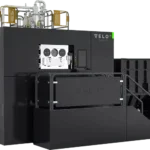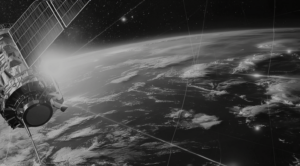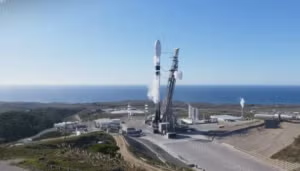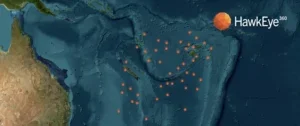
ST. LOUIS—Months after assuming responsibility for a largely classified program that applies artificial intelligence and machine learning (AL/ML) to video and imagery to detect objects for warfighters, the technology behind Maven has enjoyed major improvements and is being applied routinely to meet the operational needs of Combatant Commanders, the head of the National Geospatial-Intelligence Agency (NGA) said on Monday. Maven is also helping NGA and its partners make use of the rapidly increasing volume of data being collected by imaging…

 By
By 











